Physics-Inspired Strategy Driving Business Momentum
Business Physics Lab as an educational space where students and researchers can scientifically model business environments.
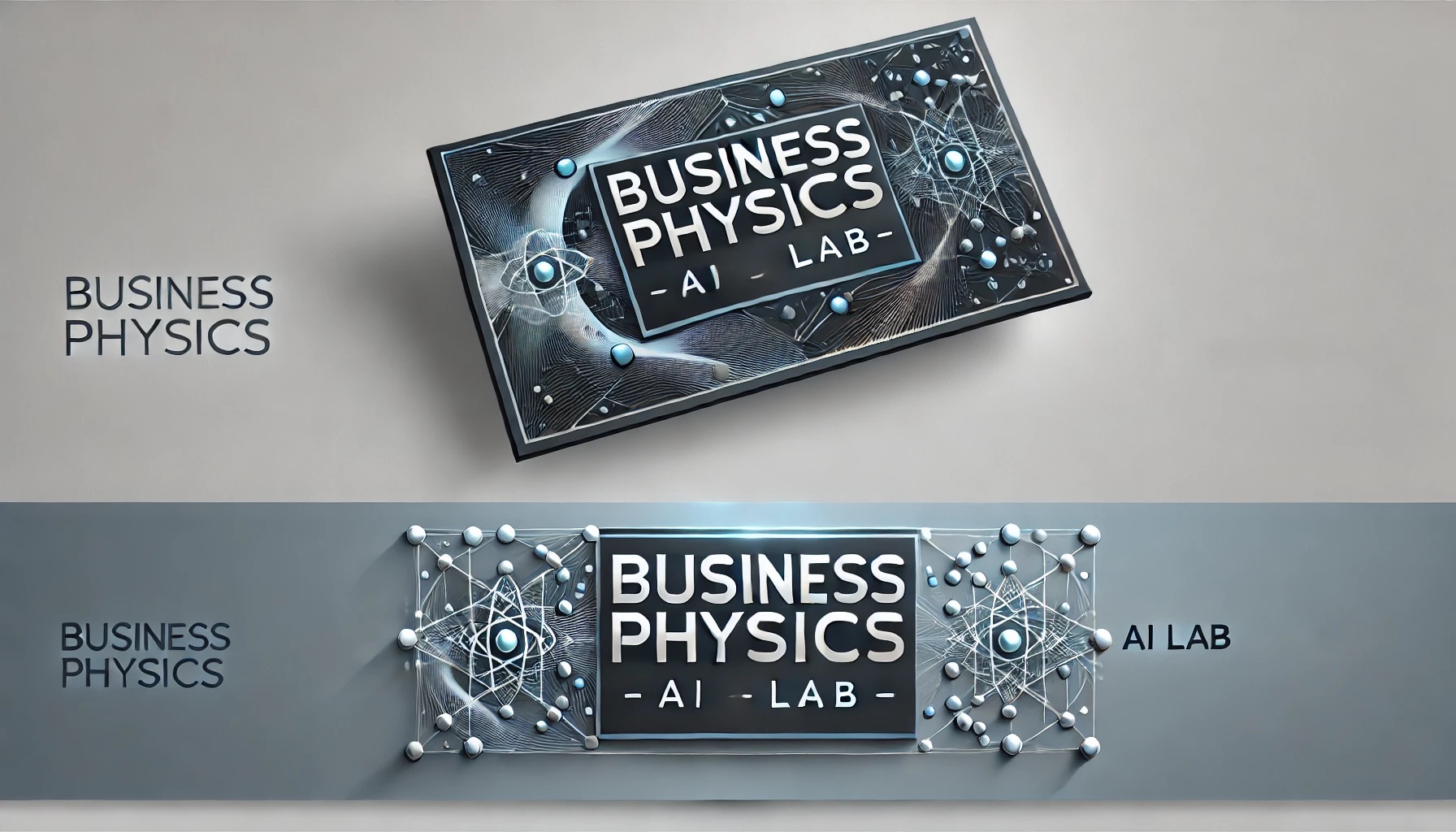
12 Business AI Simulation Environments
Business Physics Lab integrates interconnected organizational environments to provide a comprehensive framework to complement Business Decisions
1. Customer Environment
Examining client behaviours and improving satisfaction.
2. Employee Environment
Focusing on team collaboration and individual productivity.
3. Supplier Environment
Simulating supply chain dynamics.
4. Competitor Environment
Predicting competitive strategies and market movements.
5. Investor Environment
Modelling financial influences and decision-making.
6. Community Environment
Evaluating societal impacts and corporate responsibility.
7. Regulatory Environment
Ensuring compliance with laws and policies.
8. Technological Environment
Exploring the effects of emerging technologies.
9. Market Environment
Understanding consumer trends and market demands.
10. Partner Environment
Enhancing collaboration with external stakeholders.
11. Cultural Environment
Incorporating organizational and societal cultural influences.
12. Media Environment
Managing public relations, reputation, and brand perception.
AI Lab Goals & Process
Business Physics AI Lab applies physics-inspired principles, advanced AI tools, and synthetic simulations to understand, simulate, and optimize human and organizational behaviours. It combines theoretical models with data-driven approaches to solve complex business challenges, improve decision-making, enhance team collaboration, and refine operational efficiency, all while maintaining ethical and human-centred values.
Business Physics Lab Goals
- Human Behaviour Modelling: Simulate key behaviours like motivation, collaboration, and decision-making using agent-based systems and synthetic data.
- Organizational Optimization: Test workflows, leadership styles, and team dynamics to improve productivity and adaptability.
- Ethical AI Integration: Ensure all AI tools and models align with transparency, fairness, and organizational values.
- Actionable Insights: Provide data-backed strategies that enhance leadership, customer engagement, and workforce performance.


4-Step AI Lab Process
- 1. Simulating Applications for Physical World Business Environments
- Creating synthetic simulations of real-world business scenarios. These simulations incorporate synthetic employees, customers, competitors, suppliers, media, and other stakeholders.
- 2. Defining Synthetic Principles and Roles
- Applying the 20 principles of Business Physics (e.g., Force, Momentum, Friction) and establishing specific roles for synthetic agents within the simulations.
- 3. Selecting the AI Model and Tools
- Choosing appropriate tools and frameworks for implementation. This may include: LLM, LQM, RAG and Platforms.
- 4. Analysing and Optimizing Results
- Data from the simulations are analysed to extract actionable insights.
The 20 Variables of the Business Physics AI Lab
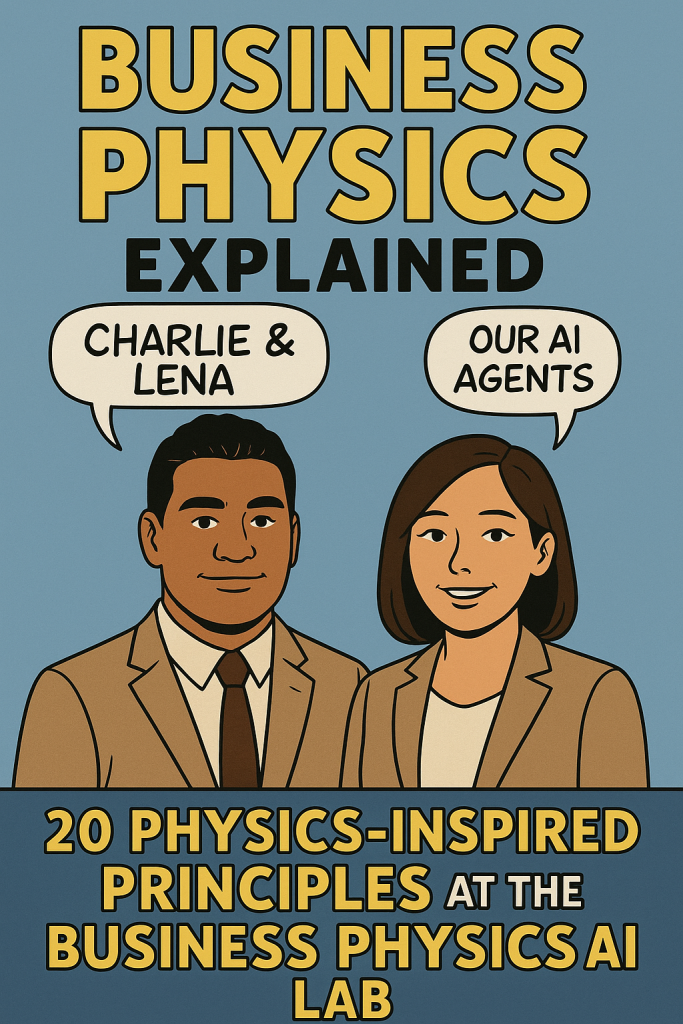
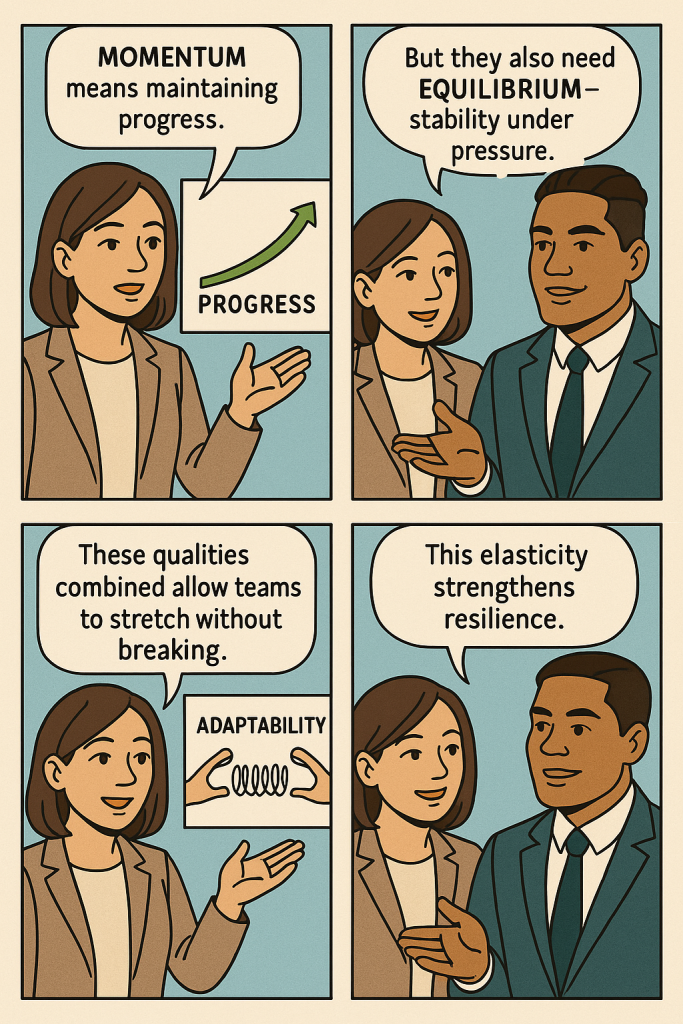
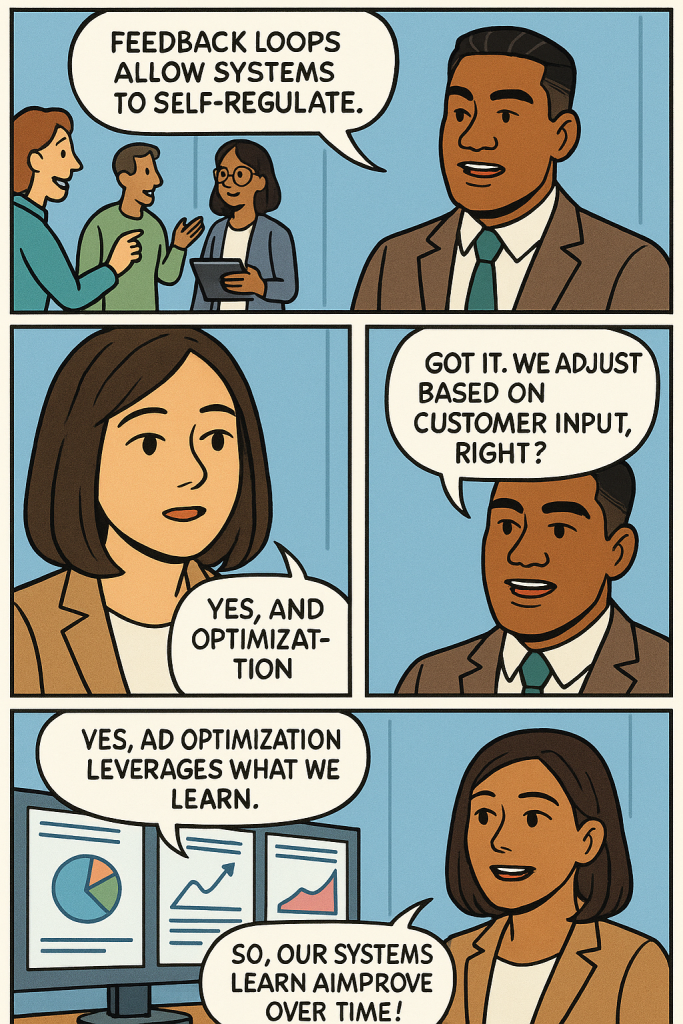
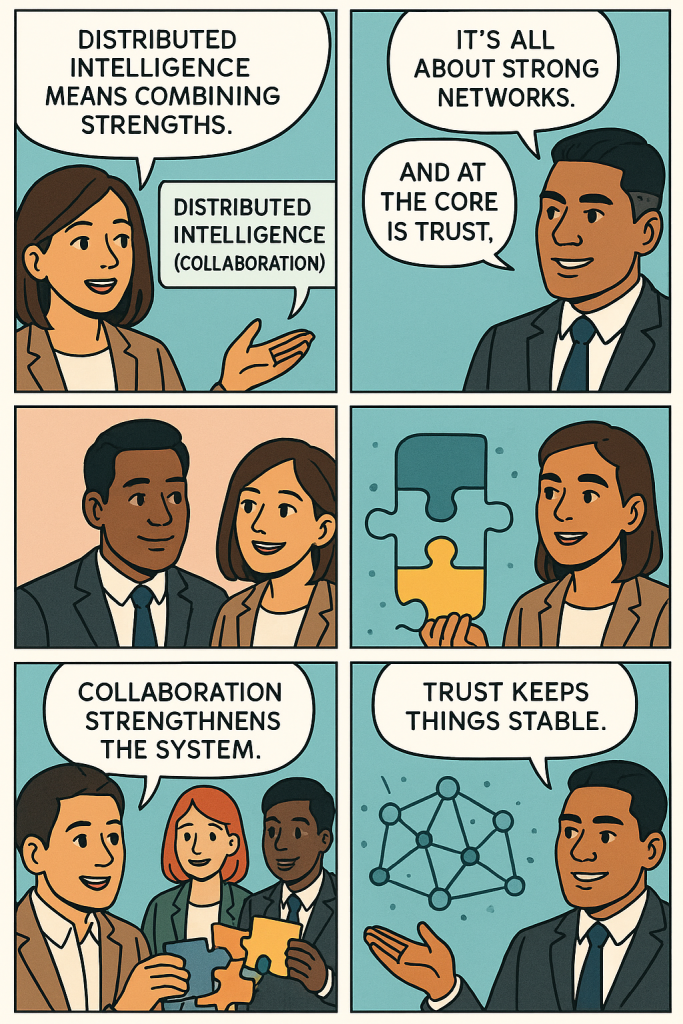
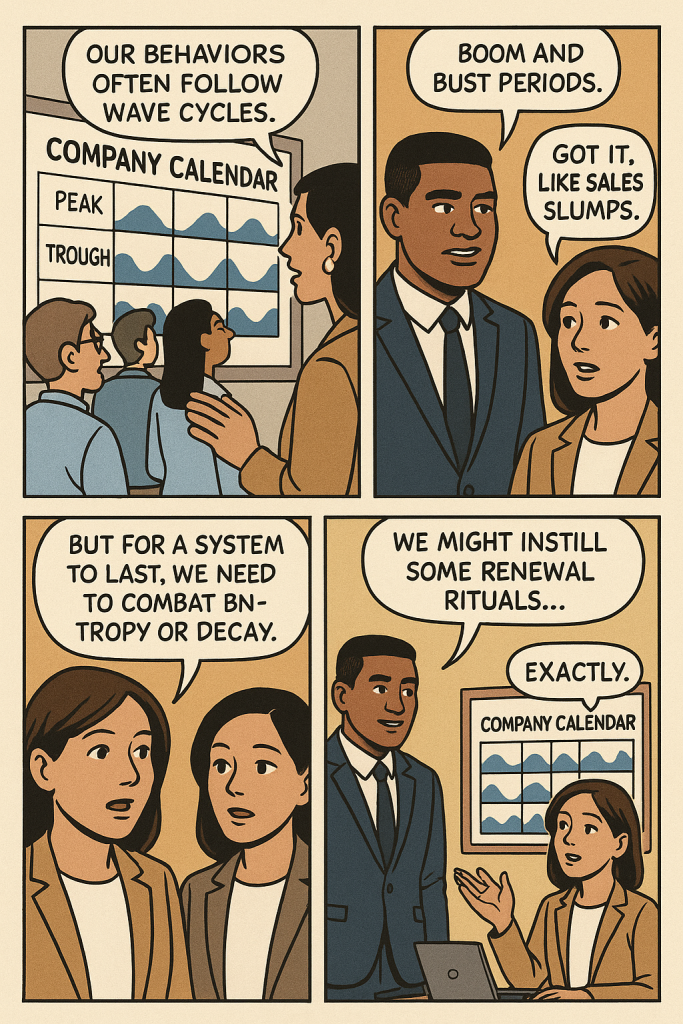
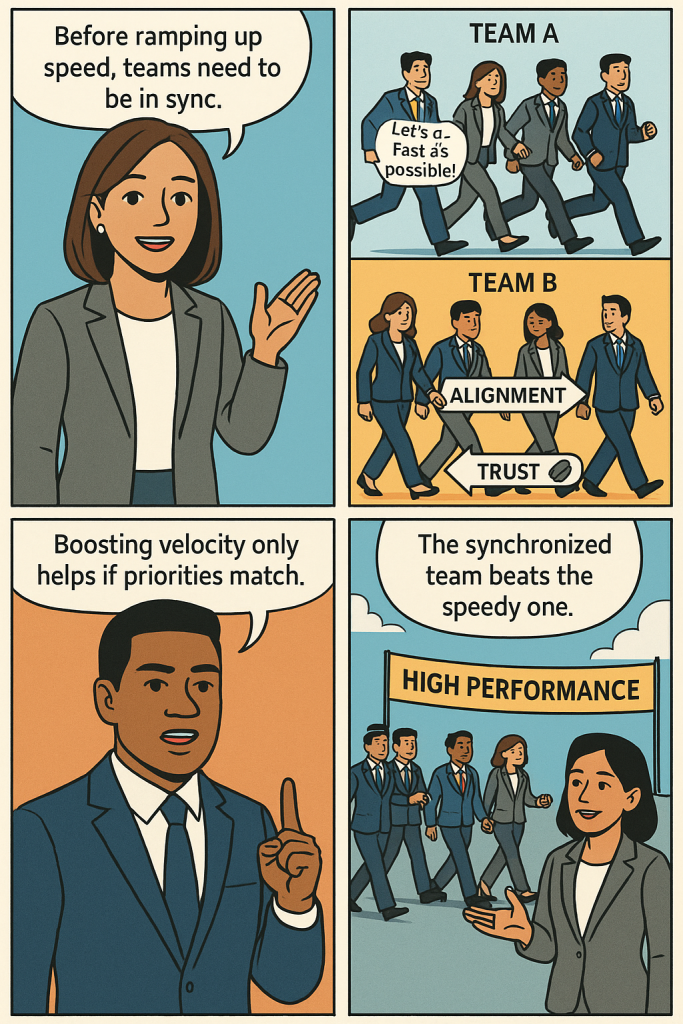
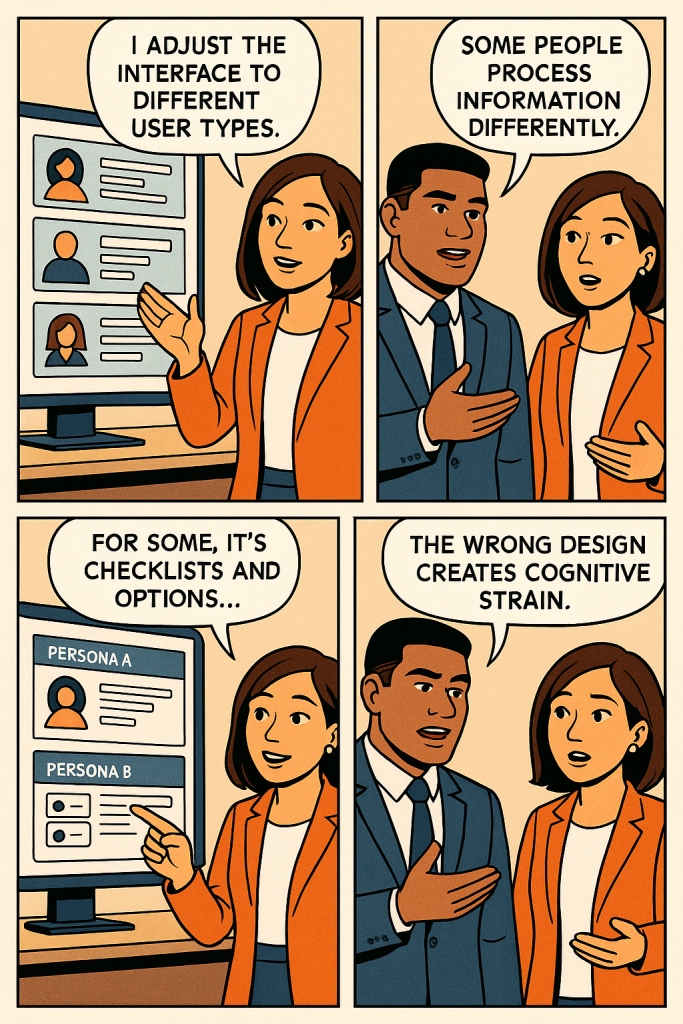
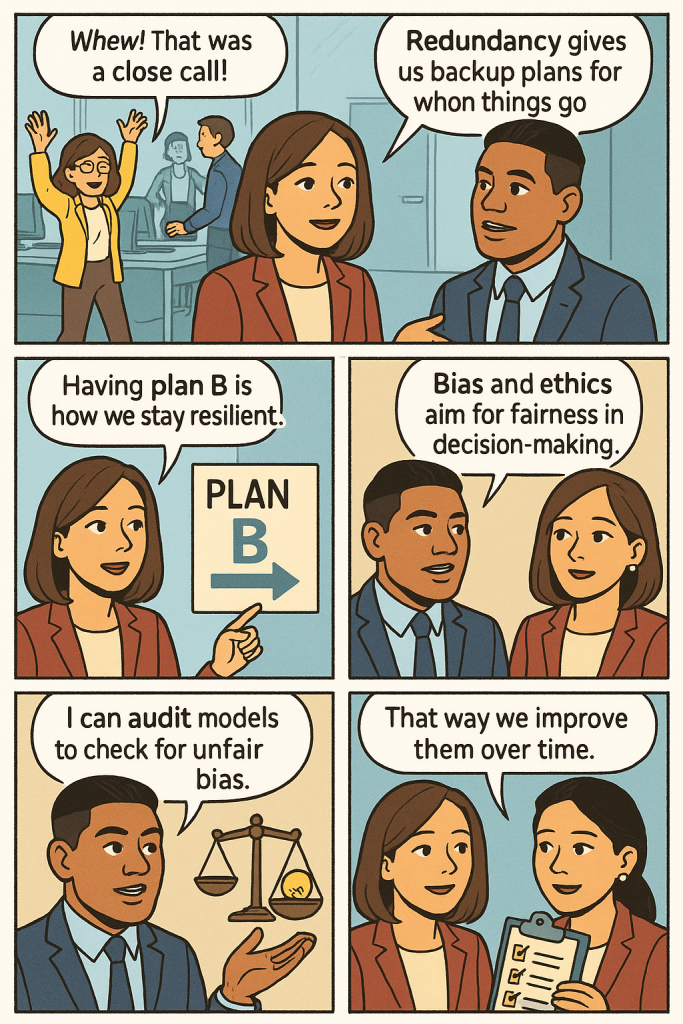
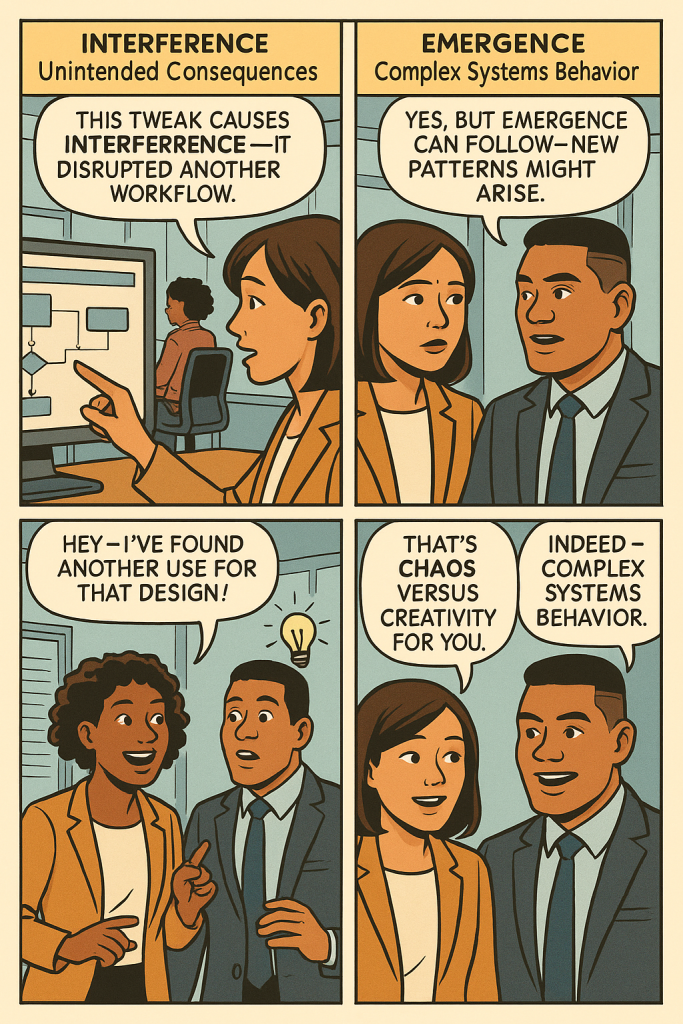
Business Physics-Inspired Principles
- Force (Motivation)
Driving factors influencing actions and behaviors. - Energy (Effort)
Resources expended to achieve outcomes. - Momentum (Progress)
Sustained performance over time. - Friction (Obstacles)
Inefficiencies or barriers in processes. - Equilibrium (Stability)
Balance between workload and capacity. - Adaptability (Elasticity)
Ability to adjust to changing conditions or demands. - Feedback Loops (Self-Regulation)
Iterative feedback used to improve performance. - Optimization (Leverage)
Maximizing results while minimizing inputs. - Distributed Intelligence (Collaboration)
Collective problem-solving by human and synthetic agents. - Trust as Stability
Trust as a foundation for reliable systems. - Wave Cycles (Behavioral Patterns)
Recurring patterns in performance or demand. - Entropy and Renewal (System Longevity)
Degradation over time and need for rejuvenation. - Alignment (Resonance)
Synchronization of goals and actions across systems. - Velocity (Speed of Execution)
How quickly tasks are completed. - Persona-Driven Interactions
Role-based synthetic agents designed for contextual interaction. - Cognitive Load (Effort Balancing)
Managing task complexity and mental effort. - Redundancy (System Resilience)
Backup systems to ensure continuity. - Bias and Ethics (Decision Quality)
Ensuring fairness, ethics, and transparency in decisions. - Interference (Unintended Consequences)
Disruptions from conflicting actions or decisions. - Emergence (Complex Systems Behavior)
New behaviors or insights arising from system interactions.
“In the pursuit of innovation, the greatest breakthroughs emerge at the intersection of curiosity, knowledge, and fearless experimentation.”
Professor Thomas Hormaza Dow
Director, Business Physics AI Simulation Lab
Watch, Read, Listen
Learn from our Community
Stay in the loop with everything you need to know about AI for Business.
